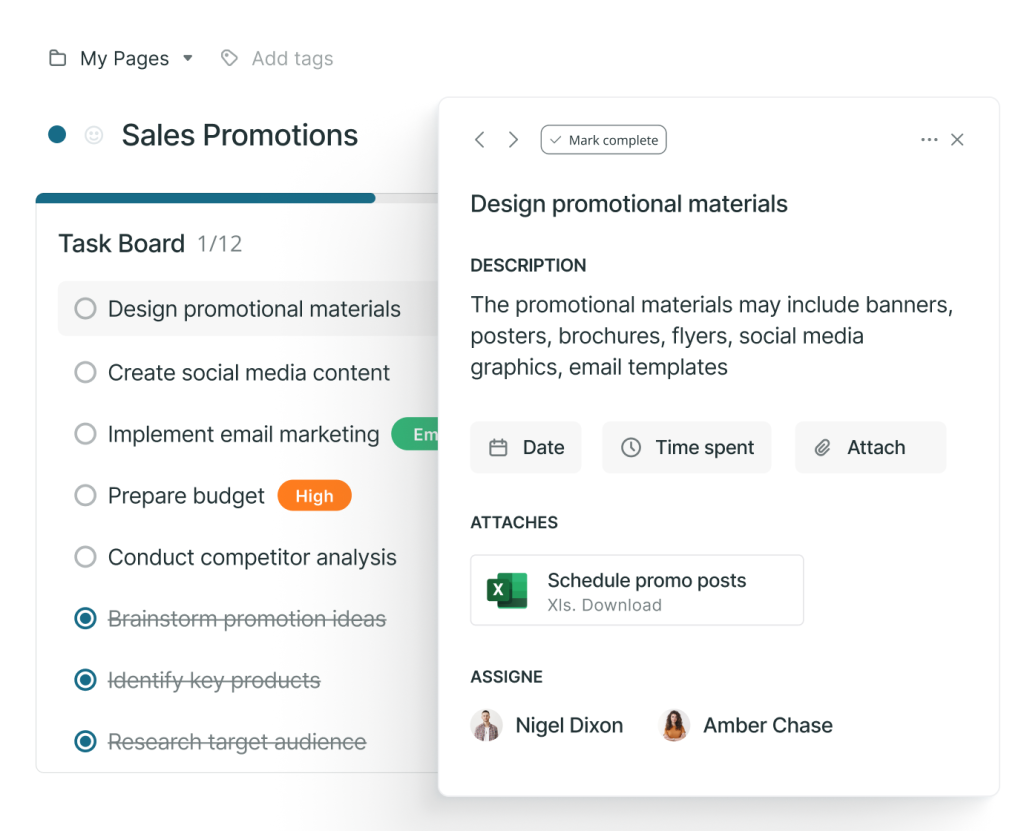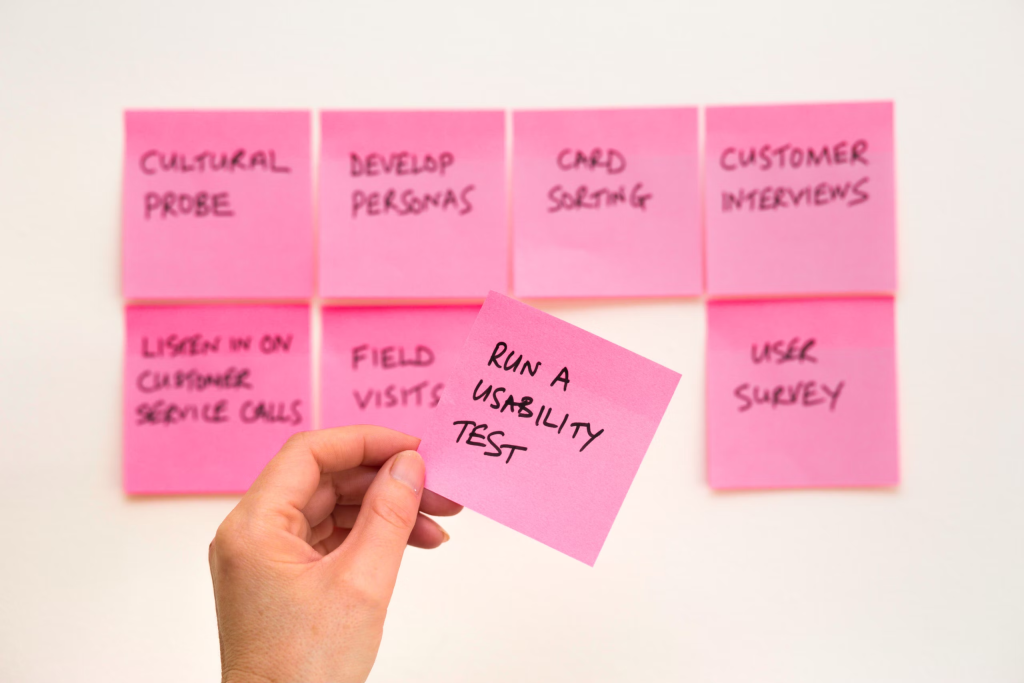
In the ever-evolving landscape of software development, agility is not just a buzzword — it’s a survival tactic. As we wave goodbye to the cumbersome methodologies of yesteryear, a new era beckons — one that champions adaptability, speed, and human-centric design.
In this blog post, we’ll delve into the whys and hows of integrating Modern Agile strategies into your workflow, leaving behind the traditional, rigid practices that may be holding you back. Whether you’re looking to increase flexibility, enhance collaboration, improve quality, or accelerate delivery, Modern Agile is your ticket to a more responsive and productive software development journey.
What is Modern Agile?

Traditional Agile methods have served us well, but as the digital world accelerates, the need for more refined practices becomes apparent. Modern Agile, with its community-driven principles, offers a beacon of guidance for teams aspiring to elevate their game. Modern Agile builds upon the Agile Manifesto’s principles, emphasizing flexibility and collaboration in software development without being bound to any single methodology. It encourages teams to adapt elements of Agile that best suit their needs, whether it’s the rapid iterations of Lean or incorporating Scrum-like meetings. Ultimately, Modern Agile prioritizes team dynamics over rigid processes, allowing for continual refinement to enhance delivery at scale.
Why Modern Agile?
Are you still juggling with the traditional Agile methods? Ever wondered if there’s a more flexible, collaborative, and customer-centric way to handle your software development projects? Let’s dive into the world of Modern Agile and see how it can revamp your approach.
4 Modern Agile Principles and Their Distinction from Traditional Agile Strategies
Make People Awesome
This principle focuses on empowering all stakeholders, including employees and customers, to achieve greatness.
Difference: Unlike traditional Agile, which often centers on process and productivity, Modern Agile emphasizes the individuals’ experience and satisfaction.
Make Safety a Prerequisite
Safety extends beyond physical well-being to include psychological safety, ensuring that employees feel secure and valued.
Difference: Traditional Agile may not explicitly prioritize psychological safety, whereas Modern Agile treats it as a foundational element for a productive and innovative work environment.
Experiment and Learn Rapidly
Modern Agile encourages viewing both successes and failures as learning opportunities, fostering a culture of experimentation.
Difference: Traditional Agile methods might be more risk-averse, while Modern Agile promotes a more exploratory approach, valuing rapid learning from mistakes.
Deliver Value Continuously
This principle advocates for delivering incremental value to customers consistently over time, rather than in one large release.
Difference: Traditional Agile also aims for iterative delivery, but Modern Agile emphasizes the importance of keeping the customer’s evolving needs at the center of all efforts, with a stronger focus on frequent and smaller updates.
How to Bring Modern Agile to Your Business
Transitioning to Modern Agile doesn’t require a clean slate. It represents an evolution rather than a revolution. By building on the Agile frameworks you already have in place, you can gradually infuse the four guiding principles of Modern Agile into your team’s ethos. To ensure a smooth transition into Agile methodologies within your organization, it’s important to start by cultivating an Agile mindset among your teams, emphasizing collaboration, flexibility, continuous improvement, and customer focus as core values. This careful, considered approach can help facilitate a successful adoption of Agile practices.
Here are several strategies to elevate your business’s agility:
Embrace Continuous Improvement & Streamline Communication

Best for: Organizations Seeking Efficiency & Adaptability
Fostering a culture of continuous improvement goes hand-in-hand with streamlining communication. By encouraging teams to regularly assess and refine processes, you pave the way for increased efficiency. When communication is clear and tools are in place to facilitate collaboration, the organization becomes more adaptable to change.
Use Case: A tech startup rapidly iterating on product development can benefit from these strategies. Regular team retrospectives lead to process enhancements, while streamlined project management tools help keep everyone aligned and responsive to feedback.
Empower Your Teams & Stay Lean and Flexible
Best for: Companies with a Dynamic Market Environment
Giving teams autonomy is crucial for swift decision-making and maintaining high morale. When combined with a lean approach to workflows, it ensures that your organization can pivot quickly in response to market changes or customer preferences without being bogged down by bureaucracy.
Use Case: A mid-sized marketing agency can implement these strategies to manage diverse client needs efficiently. Teams empowered to make creative decisions can adapt campaigns on the fly, while a lean workflow allows for rapid adjustments to strategy without delay.
Prioritize Customer Feedback & Invest in Agile Training

Best for: Customer-Centric Businesses
Keeping customers at the forefront of your development process ensures that products evolve in a way that meets their needs. Investing in Agile training equips your employees with the skills to incorporate customer feedback into their workflow effectively.
Use Case: A software development company can excel by integrating these strategies. Agile training enables teams to iterate on their products based on direct customer feedback, ensuring that new features align with user expectations and solve real problems.
Measure and Monitor Progress
Best for: Growth-Oriented Enterprises
Using Agile metrics to track progress and productivity is essential for any organization focused on growth. This strategy offers clear insights into your progress, informing decisions and highlighting achievements.
Use Case: A large e-commerce platform can leverage this strategy to optimize their operations. By measuring key performance indicators, they can identify bottlenecks in their supply chain, improve customer service response times, and enhance the overall shopping experience.
Selecting the Most Effective Approach: 5 Key Questions

To start your agile journey effectively, consider these key questions:
How bendable is your current process?
Traditional Agile frameworks like Scrum and Kanban have set boundaries. Modern Agile, on the other hand, is like yoga for your project management — it stretches to fit your needs. To support this flexible approach, tools like FuseBase offer customizable workflows, so you can tailor them with custom designs that enhance user experience, ensuring that your methods are as flexible as your thinking.
Pro Tip: Start by mapping out your current workflow. Identify the rigid parts and envision how a more adaptive approach could improve your process.
Are your teams truly collaborating, or just coexisting?
Modern Agile thrives on collaboration. Consider using tools that provide all-in-one team workspaces, offering dedicated chats and personalized spaces that bring your team together, breaking down silos and fostering a culture of unity.
Pro Tip: Encourage your team to use these collaborative tools regularly. The more comfortable they are with the technology, the more seamless their teamwork will become.
Is your customer just a concept, or the heart of your process?
Modern Agile is all about customer centricity. Customer Portal is a new approach to customer engagement – it becomes an integral part of your development cycle, with secure, personalized pages that make customer feedback a driving force.
Pro tip: With client portals, you can regularly review customer interactions and feedback. Use this data to guide your development priorities and ensure you’re delivering real value.
Are your tools working for you, or are you working for your tools?
It’s time to start using smart tools that streamline your teamwork. Look for tools that provide access to shared documents and increase productivity without overwhelming your team. Here are a few examples:
- Design tools: Adobe Creative Cloud, Figma.
- Project collaboration tools: FuseBase, Slack.
- Development tools: GitHub, Visual Studio Code.
Pro tip: Automate the mundane. Identify repetitive tasks within your team and explore how tools you are considering can automate them, freeing up time for more important work.
Is your product just working, or is it wowing?
Modern Agile isn’t just about delivering; it’s about delivering continuous value. You can iterate rapidly, incorporating user feedback to ensure that each version of your product isn’t just functional — it’s fantastic.
Pro Tip: Build in time for experimentation and user testing. Use insights gained to refine your product, making it not just a working solution but a delightful experience for your customers.
Now, take a moment to reflect. Remember, choosing Modern Agile is not just about adopting a new framework — it’s about embracing a mindset that values flexibility, collaboration, and customer satisfaction above all.
Conclusion
Modern Agile is not about discarding all existing processes but about evolving them to better serve the team and the customers. It’s a mindset that values individuals and interactions over rigid adherence to tools and processes. Remember, being Agile is about more than just following a set of practices.

